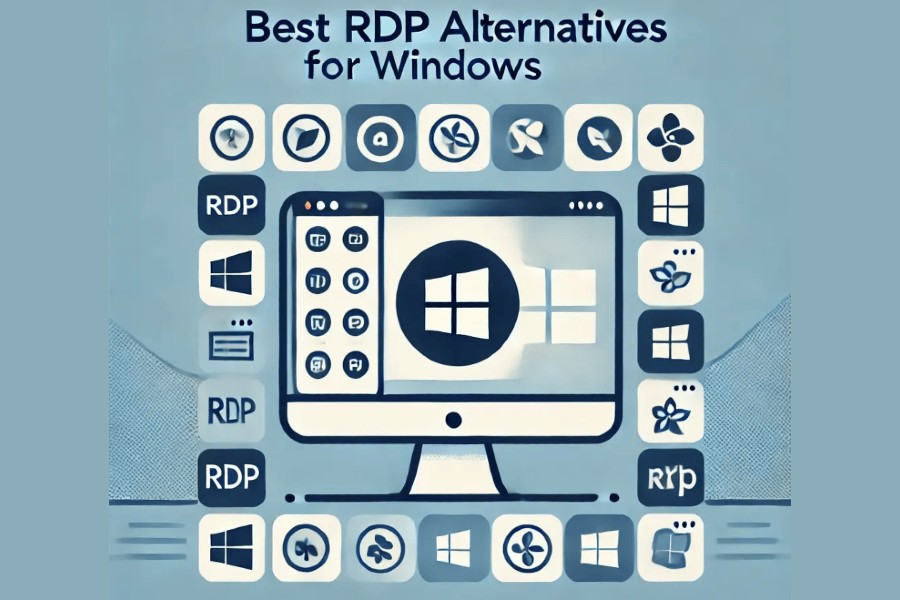
By HWM
Agriculture drones are transforming crop monitoring, offering farmers real-time data that increases yields, reduces costs, and streamlines farm management.
These advanced tools provide essential insights into crop health, soil conditions, and pest infestations, allowing for more precise interventions. However, the true value of agriculture drones is unlocked when farm staff are well-trained in their use.
Simply possessing the equipment is not enough but effective training empowers your team to operate drones safely, manage flight paths, and troubleshoot technical issues. More importantly, trained staff can accurately analyze drone-captured data to make informed decisions that improve crop management strategies, enhance productivity, and ultimately lead to more sustainable farming practices.
Why Is Training Farm Staff on Agriculture Drones Important?
Effective training of farm staff in using agriculture drones is essential for enhancing operational efficiency, safety, and productivity. It enables quick identification of crop health issues, precise resource management, and compliance with regulations.
Key aspects of drone training:
- Training needs assessment
- Prior experience evaluation
- Knowledge gap identification
- Drone operations understanding
- Data analysis skills
- Regulatory compliance awareness
By assessing your farm staff’s training needs and providing specific training, you can ensure they operate drones effectively and safely, leading to improved overall farm management and productivity. The integration of drones like the dji mavic 3 into your farming practices not only enhances crop monitoring but also maintains your farm for sustainable success in agriculture.
A 2023 study by the Association for Unmanned Vehicle Systems International (AUVSI) found that farms utilizing drone technology experienced an average increase in productivity of 20% compared to those without. A well-trained team is empowered to take ownership of drone operations, promoting a sense of responsibility and increasing morale.
What Should a Drone Training Program Include?
A comprehensive drone training program for farm staff should cover several key areas:
Basic Drone Operation
Teach the fundamentals of drone flying, including takeoff, landing, and flight control. Use hands-on practice sessions to build confidence and proficiency.
Safety Protocols
Emphasize safety procedures to prevent accidents, including pre-flight checks, safe flying distances, and emergency protocols in case of malfunction.
Understanding Drone Technology
Familiarize staff with the specific drone model you are using, and explain its features, camera settings, and data capture capabilities.
Data Collection and Analysis
Train staff on how to capture, store, and analyze data from drone flights. Understanding how to interpret images and identify crop health issues is important for making informed decisions.
Compliance and Regulation
Educate staff on local laws regarding drone usage in agriculture. Cover topics such as airspace restrictions, licensing requirements, and privacy concerns to ensure legal operation.
How to Conduct Practical Drone Training Sessions?
Hands-on training is the most effective way to teach your staff how to operate agriculture drones, allowing them to gain practical experience and build confidence in using the technology.
Here are some key aspects of hands-on training:
- Controlled practice sessions
- Real-world scenario simulations
- Aerial photography and videography practice
- Experimentation with flight patterns and camera angles
- Feedback and skill improvement
By incorporating hands-on training into your staff development program, you can ensure that your team is well-equipped to operate agriculture drones effectively and efficiently. This approach will help your staff to master the skills needed to capture high-quality data and make informed decisions about crop management.
Why Are SOPs Important for Drone Usage?
Establishing Standard Operating Procedures (SOPs) for drone operations on your farm is important for ensuring consistency, safety, and efficiency. SOPs provide a clear framework for conducting drone flights, from pre-flight checks to data analysis, and help reduce the risk of errors or accidents by outlining step-by-step protocols.
Key elements of SOPs:
- Pre-flight checks
- Routine maintenance guidelines
- Troubleshooting common issues
- Incident reporting procedures
- Data analysis protocols
- Regular review and update processes
By implementing and regularly updating SOPs, you can ensure that your team is equipped to operate drones safely and effectively and that your farm remains compliant with regulatory requirements.
What Common Problems Can Occur, and How Can Staff Address Them?
When operating drones on a farm, staff may encounter various technical issues, environmental challenges, or procedural errors. Being aware of these common problems and knowing how to address them is important for ensuring safe and effective drone operations.
Here are common problems that can occur:
- Drone malfunctions or hardware failures
- Software glitches or app crashes
- Weather-related issues, such as strong winds or low visibility
- Battery life or power issues
- Interference from other electronic devices
- Pilot error mistakes
- Data quality or transmission issues
To address these problems, staff can take the following steps:
- Regular maintenance and inspection of drones
- Software updates and troubleshooting
- Pilot training and practice
By being proactive and prepared to address common problems, staff can minimize downtime, ensure data quality, and maintain safe and efficient drone operations on the farm.
FAQs
How long does it take to train farm staff on using agriculture drones?
Training duration can vary, but a comprehensive program typically takes a few days to a couple of weeks, depending on the staff’s experience and the complexity of the tasks.
Are there any certifications required for operating drones on a farm?
In many regions, operators must have certifications, such as the FAA Part 107 in the U.S., to legally fly drones for commercial purposes, including agriculture.
Conclusion
Training your farm staff on using agriculture drones for crop monitoring is an investment that pays off in increased efficiency, better decision-making, and improved farm productivity. By implementing a structured training program, providing hands-on practice, and encouraging continuous learning, you equip your team with the skills needed to fully utilize drone technology.
This commitment to training not only enhances operational capabilities but also positions your farm at the forefront of modern agriculture, utilizing the latest technology to stay competitive in a rapidly evolving industry.
Become a Harlem Insider!
By submitting this form, you are consenting to receive marketing emails from: . You can revoke your consent to receive emails at any time by using the SafeUnsubscribe® link, found at the bottom of every email. Emails are serviced by Constant Contact








